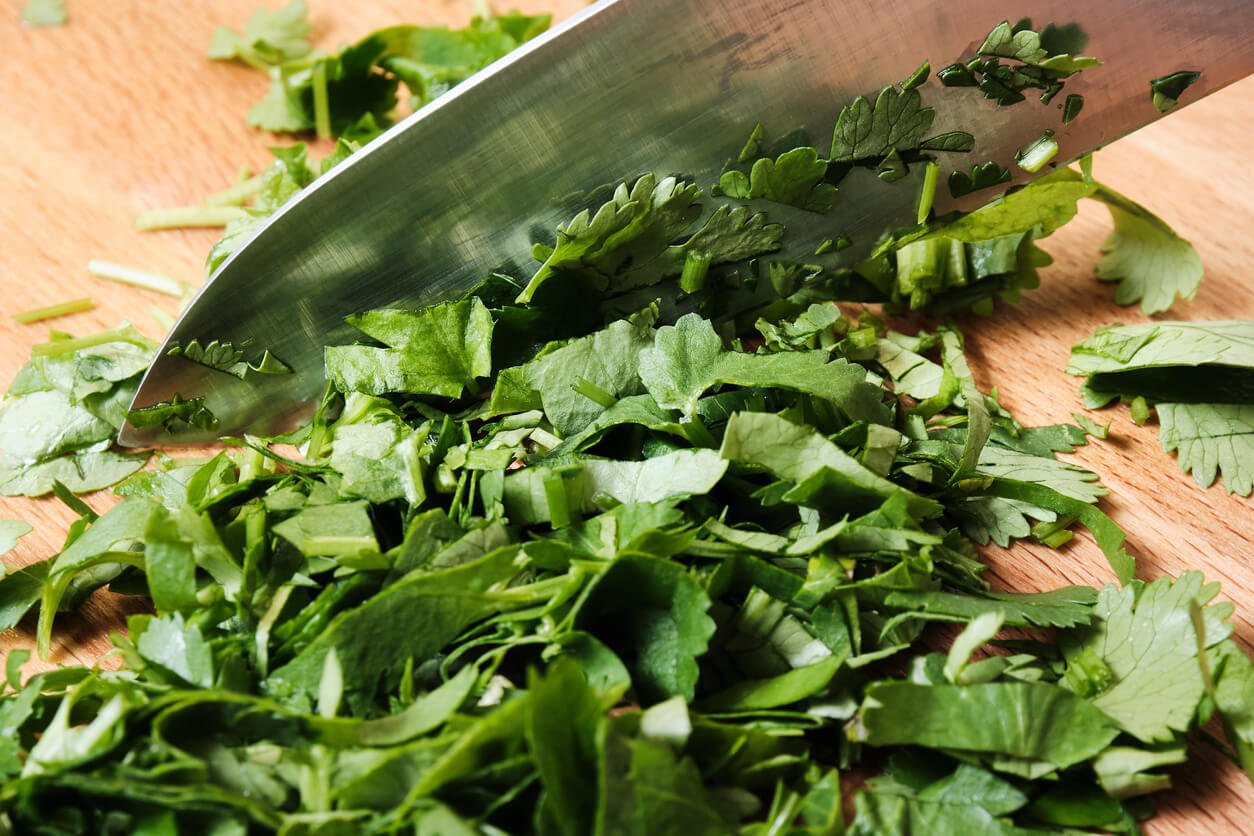Herbs can help you create delicious meals you’ll love to eat. But many people don’t know how to use them.
If you think your meals are lacking in flavor or excitement — or even if you enjoy your foods but simply want to spice things up a bit — adding the right herbs while cooking will improve the taste, smell, and appearance of your food.
Another good thing about herbs is how nutritious they are.
Herbs are high in vitamins and minerals and have more antioxidants than most fruits and vegetables. Herbs also feed the health-promoting bacteria in your gut and nurture the optimal kinds of bacteria throughout your microbiome.
Plus, you can usually find them fresh or dried for affordable prices at the grocery store or farmers market. And now is a great time to plant herbs outside or start your own kitchen garden.
If you’re new to the world of herbs, or just want to expand your horizons, the infographic below shows 10 staple herbs you need, along with complimentary ingredients and recipe ideas.
You can use this as a guideline as you experiment in the kitchen. Because when you know how to use herbs, your foods will taste, smell, and look better, and will have more beneficial, disease-fighting properties.
Here are five things to keep in mind about cooking with herbs:
- If you’re buying fresh herbs, you should remove any wilted leaves and elastic or strings and trim the stems.
- With fresh herbs, wait to wash them until right before using them or they will wilt.
- To store soft-stemmed herbs like basil and cilantro, you should treat them like a bouquet of flowers and put them in a cup or jar filled with about 3/4 water. Keep basil at room temperature, but cover any other soft herbs with a plastic bag and store in the refrigerator. Then, change the water when it gets cloudy. They should keep for at least a week.
- To store hard-stemmed herbs like rosemary and oregano, wrap them in a damp paper towel or kitchen towel and put them in plastic or an airtight container.
- Dried herbs should be added toward the beginning of cooking to release their flavor, and fresh herbs should be added toward the end of cooking to maintain freshness.

Herb Guide To Vegan Cooking [Infographic] by the team at Chadwicks
What is your favorite tip for cooking with herbs?
Featured Image: iStock.com/AleksandrKirillov



